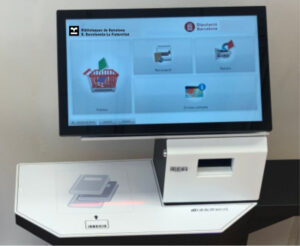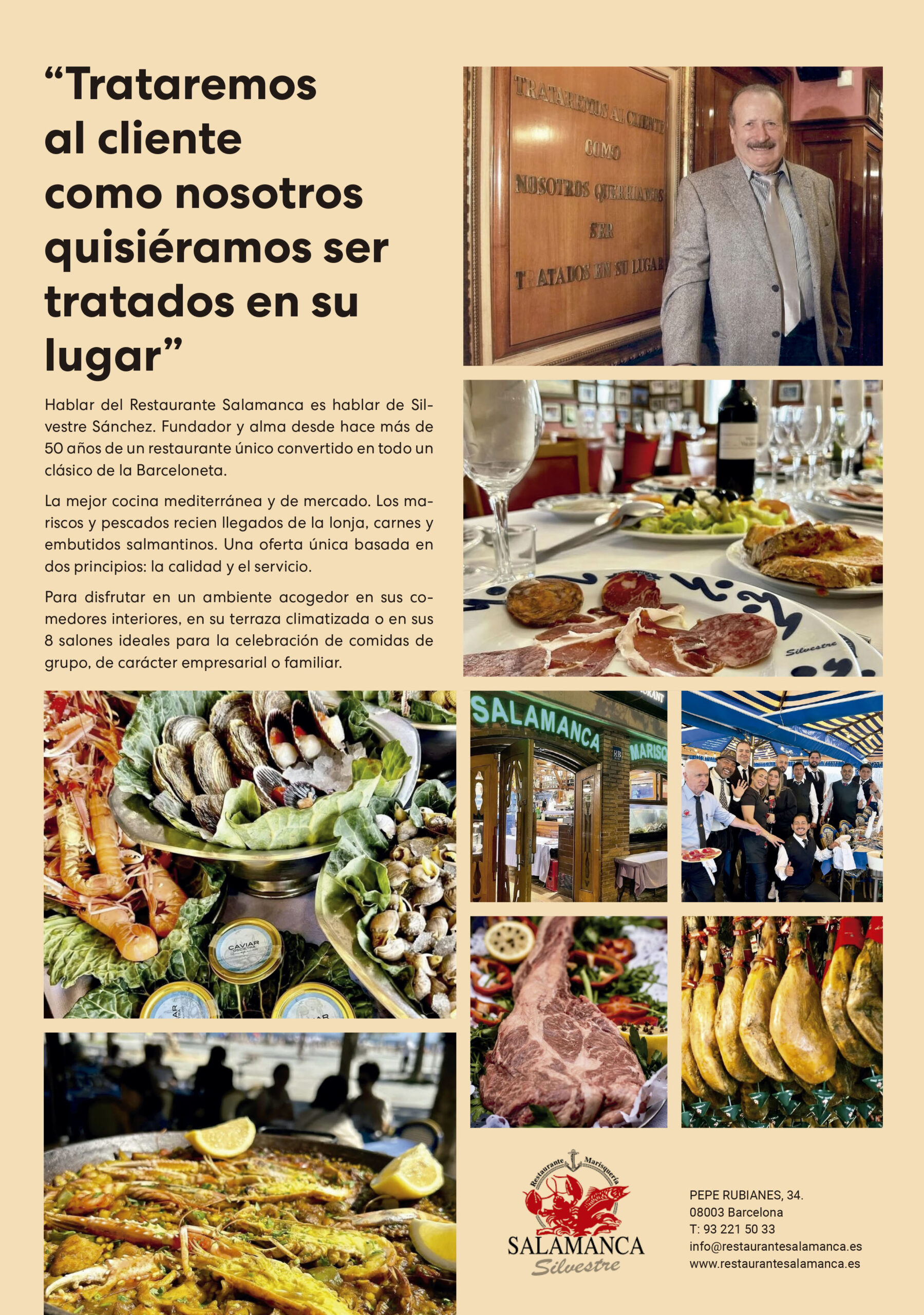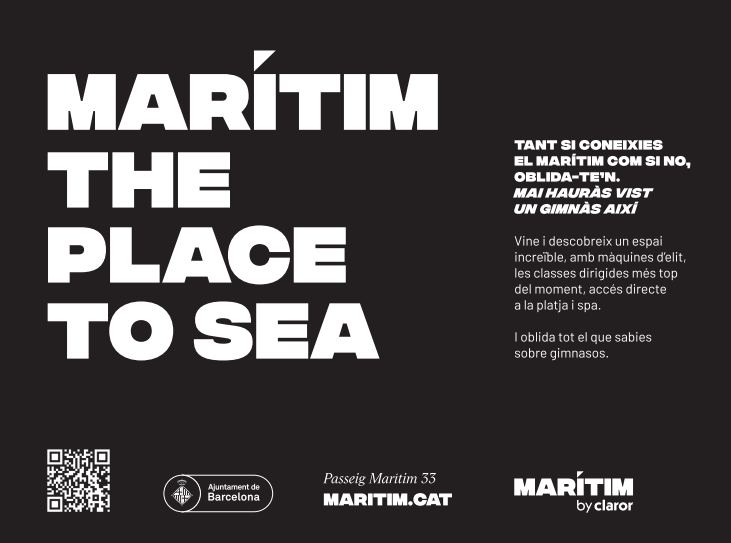The idea that the world of stevedoring was reserved for men is a thing of the past. There are currently 113 women on the OEPB’s staff. But the most revealing fact is that the new promotion has already reached 30%. A percentage that is likely to grow over the years.
Contrary to what might be implied, the positions they occupy are not only administrative. In the new promotion there are already specialists in machinery, crane operators, among others. It should also be noted that there are currently two foremen.
Undoubtedly, times and society are changing, and even in this historically male sector, past stereotypes are being broken down. Access to women is accelerating exponentially with each promotion.
There are Equality Plans that facilitate this incorporation into the different port professions. This is a sector where there are no discriminatory barriers based on gender, neither in the development of the profession, nor in access to it.
At the same time, young women are increasingly aware that this is a profession that they are perfectly capable of carrying out. Perhaps the biggest handicap is the same as always: a lack of knowledge due to a lack of information about the world of stevedoring.
Promotions in which women have joined:
PROMOTION WOMEN
1st promotion: 1997 7
2nd promotion: 1999 8
3rd promotion: 2002 5
4th promotion: year 2004 23
5th promotion: year 2022 36
6th promotion: year 2024 34
PATRICIA GALLARDO ‘PATRI 44 years old. From 19 to stevedoring
How did you get into stevedoring?
My four grandparents lived in Barceloneta and my parents were born there. Being rooted in the sea and the maritime sector as a job opportunity is a family tradition. When the call for applications opened in 1999, I was working in a maritime freight forwarder. I fulfilled the requirements they asked for: written and spoken English, computer skills, driving licence, baccalaureate. I took the exams until I got to the end.
What functions do you perform?
Zoco confronta sobordista. Confronta (goods controller). I validate the goods physically, checking the seals of origin and placing the seals on each full container that touches land. I also check the ship’s plans to indicate the location of the cargo to the crane driver. I check the condition of the goods and account for the production during the operation and its incidents.
And the duties of the supervisor are to classify and place the goods on the esplanade during unloading, communicating with the mechanical means in order to carry out this task. At the same time, I send the cargo to the ship by means of a vancarrista, with plans of the ship to stow the goods correctly. The supervisor can be at the foot of the ship, on the esplanade, as well as in control towers.
What do you think of the presence of women in a traditionally male sector?
My generation is now 25 years old. When I joined, there were already 7 women from a previous generation. With this intake, the number of women has doubled, which I am very happy about. They have broken yet another glass ceiling: they are pioneers in bringing machines, in getting on board. This generation has consolidated equality at the Port.
No women, no men. All partners.
From the first minute, the veterans made us feel like one more partner, totally believing in our work. Without them, we would not be where we are. To Azuela, Zumo, Puig, Julio, Pantera, Tinín, Quimet, Taranto, and many others, thank you! From them we learnt to welcome and support the new comrades who join us. Among others, Nerea, Mariam, Meri, Tània, Anna Maria, Sandra, Clàudia, Amanda, Andrea, Paula, Ramona, Estibaliz, Carmen, Brenda, Mireia, Eli,….
All or none … ENDAVANT…..
DANAE DÍAZ PAREJA 28 years old. Gruista
This is a family tradition.
My grandfather was a docker, so was my father and now my sister, me and soon my other brother. The family tradition is clear.
At home, it would have been strange if you didn’t want to work in the port…
The three brothers and sisters have lived it from a very early age. I did not consider any other job. Before the call came out, I was already working through ETT, emptying containers and moving cars. From 2022 I will join Estibarna in Group 0.
Your dream was to get on the crane.
I have always been interested in machines. It was clear to me that I wanted to be a crane operator from day one. Now that women can ‘touch’ machines, I communicated my interest and fortunately I was selected to do the crane operator course. The training has two phases, first learning how to move the containers on the esplanade and then loading them onto the ship.
Pioneer in this work.
A pioneer in this, as were other female colleagues from previous generations in other functions. For a woman to be a crane operator or foreman does not have to be something extraordinary, but something normal. And this normality and acceptance is very present in the collective. The crane operator is Danae or Pepito or Juanito, it’s the same.
The crane operator is a key position of maximum responsibility and pressure.
We all have pressure. What is certain is that your work sets the rhythm of the rest of the team. You have to produce (move and load) at the fastest possible pace.










